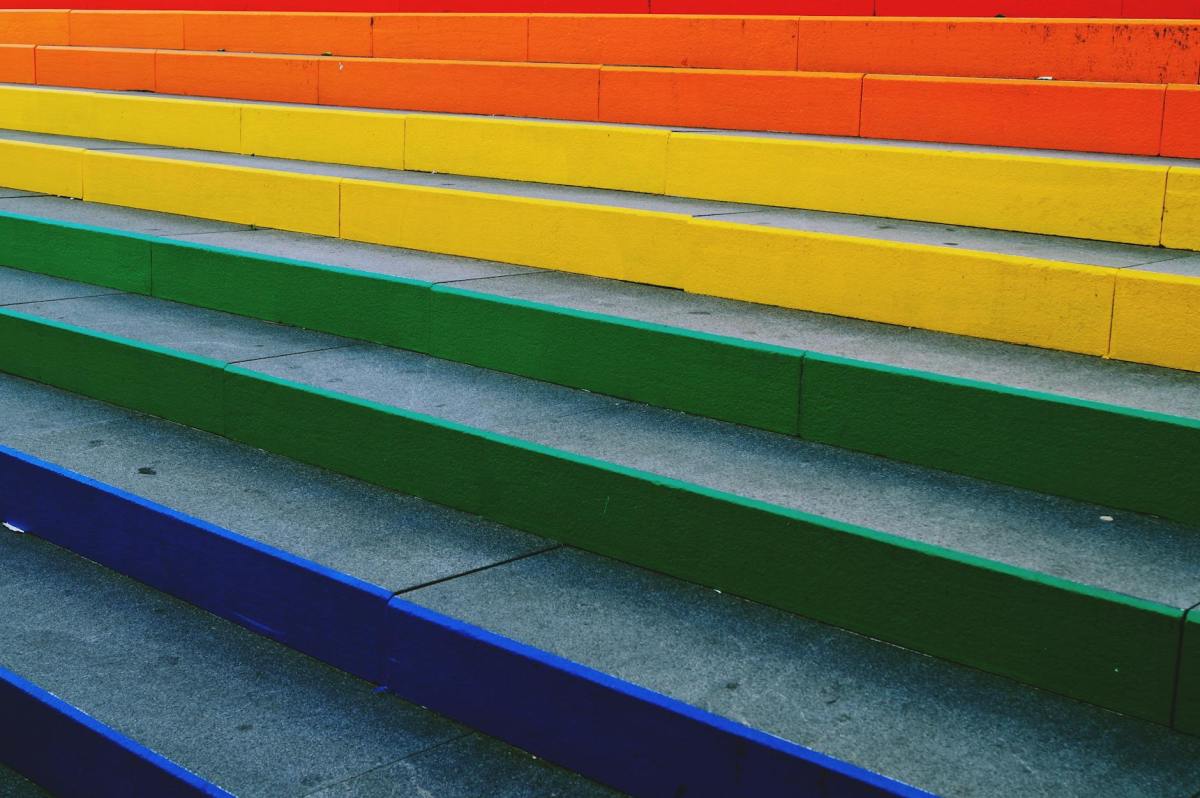Origin of Pride Day
The origin of International LGBT Pride Day (also known as International Pride Day or simply Pride Day) can be traced back to the riots that took place in reaction to a police raid on the Stonewall Inn pub in New York’s Greenwich Village on 28 June 1969.
The social context of the time in the United States was marked by different civil movements that had an important social relevance, such as the search for African-American equality and social rights or the growing opposition to the Vietnam War.
We must not lose sight of the fact that at that time US legislation was extremely restrictive against the LGTBI community. Same-sex relations could be punishable by fines, imprisonment or even, depending on the state, the use of different methods to “cure” homosexuals.
Thus, although raids on bars or establishments where the LGTBI community used to congregate were commonplace, the excessive harshness of that 28 June, together with the response of those who had been repressed, turned that date into a symbol.
Over the following days, the Greenwich Village neighbourhood, which as we have mentioned is where the Stonewall Inn was located, and which also had a large LGBT community in its neighbourhood, hosted new protest demonstrations.
In this way, what appeared to be simply another exercise in police harassment of LGBT people became a historic turning point in the demands of a group persecuted for their sexual orientation or gender identity.
1970: first Pride marches
A year after the aforementioned riots, that is, in 1970, the cities of New York, Chicago, San Francisco and Los Angeles held demonstrations to commemorate the events, thus initiating the first LGBT Pride marches.
The one in the Big Apple, with the high degree of symbolism that it carried with it as the scene of the events of the previous year, ran from Christopher Street (where the Stonewall Inn was located) to Central Park, a route of more than fifty blocks along the island of Manhattan.
The following year, in 1971, this demand spread to other American cities and also crossed the pond to European capitals such as London, Paris and Stockholm.
Pride in Spain
Because of Franco’s dictatorship, demonstrations to vindicate the rights of the LGTB collective did not arrive in Spain until the end of the 1970s.
Specifically, the first Pride march in Spain took place in Barcelona in 1977, although, unlike the image we have today, it was neither festive nor massive, as the few hundred people who gathered were dispersed by the forces of law and order.
From 1978, when Pride marches in Spain were legalised, they also began to be held in the city of Madrid.
It is precisely the commemoration of Pride in the Spanish capital that has become a benchmark not only in Europe but also worldwide, to the point of hosting Europride in 2007 and 2017, the year in which it also coincided with WorldPride.
In fact, the 2017 edition attracted more than two million people.
This year 2024 will be held under the slogan “Education, rights and peace: Pride that transforms” in an edition in which the march will take place on 6 July.
LGBT Pride or LGBT Pride – what do these acronyms stand for?
Throughout this article we have been talking about LGTB pride or LGBT pride indistinctly, both being equally valid, an acronym referring to lesbians, gays, transsexuals and bisexuals.
However, there are other different combinations of acronyms that refer to the same collective, but with the addition of other acronyms to make other types of realities explicit, so that the inclusion of certain additional letters can add different nuances.
Among the various possible combinations, for example, are the acronyms LGTBIQ+, which also include intersexuality or the term queer, with the variant of adding a + symbol that can help the inclusivity of other different possibilities not included in any of the initials included.
Diversity and inclusion at Telefónica
Telefónica incorporates the management of diversity and inclusion as a fundamental element with which to connect talent and grow as a company. Only by managing diversity in an inclusive way can we guarantee environments free of discrimination and, in this way, break down the inequalities associated with labels.
Specifically, with regard to the LGTB+ community, Telefónica guarantees a safe and trusting space, where the entire workforce feels completely free so that everyone who works in the company can be themselves.
Along these lines, specific initiatives are in place to promote the attraction, development and well-being of trans people.
Workshops and courses on LGBT+ diversity are also developed, as well as internal campaigns showing commitment and support for the UN “Standards of Business Conduct“, a document focused on the protection of the rights of LGBT+ people.
